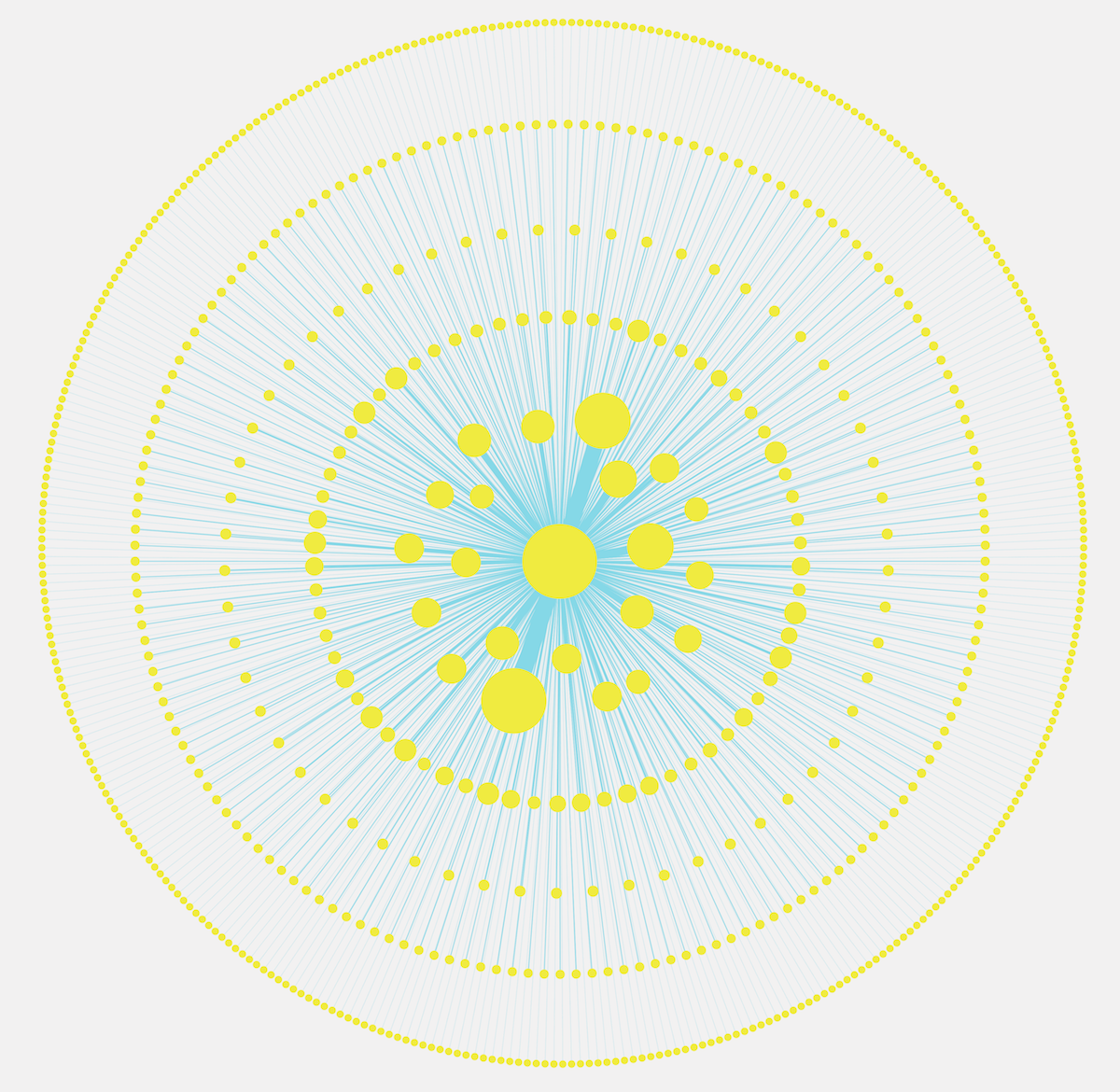Archival Algorithm
In the course of digitization, archives have in a sense developed a double »body«: Alongside the material »archival bodies« - consisting of tangible artifacts such as manuscripts, prints, things or analog audio and video carriers - digital data have emerged: in the form of indexing data in catalogs and other databases, in the form of digitized material objects, in the form of research data, text and metadata corpora. In the research area »Archival Algorithm« we ask - in close connection with the research area »Digital Archives for Literature«, which is more oriented towards infrastructure and mediation practice - which new possibilities of algorithmic research arise from this expansion of the »archive body«, which has hardly been explored so far in its radicality.
We are currently working on this focus in a series of micro and prototype studies.
Ongoing Studies & Projects
Research Approach
The projects and studies carried out within the framework of the TFA.lab are understood as a series of experiments with an explorative character. The experiments encompass
archival data storage and processing,
museum object staging and sorting,
philological techniques of close & distant reading,
creative practices concerning diagramms and aesthesis,
information processing routines.
In addition to the archive and library staff as well as the literary and media scientists of the Theodor Fontane Archive, cooperation partners from the fields of information visualization, research data management, computer science, and museum design are involved in the experiments.
Project Practices
The experiments conducted in the project each consist of a series of practices based on the guiding idea of ›processing‹: The data that the archive collects is transformed in a step-by-step, rule-based manner. The following principles of processing are at the forefront:
- Scaling
- Permutation
- Constellation
- Creating aesthetics
By following these principles, we no longer conceive the archive solely as a static repository but as a dynamic space of processes and interfaces.
Therefore, the archive proves to be
- a place of permanent processing of data,
- not only a substance but also as a performance
- a place of interdisciplinary interaction, for example in hackathons.
Study ›Escalating Catalogs‹
One of the basic tasks of archives is the cataloging of their holdings. Today, this is mostly done digitally, in electronic catalogs. The data of such an electronic catalog, for example the manuscript catalog of the holdings of the Theodor Fontane Archive, are the basis of this experiment, in which we explore possibilities of scaling and e-scaling of the catalog data.
In addition to methods of frequency analysis, for example on keywords, algorithms from multidimensional scaling were tested on the indexing data. The first results show a map of the archive as an archipelago on which, among other things, individual groups of holdings and collections of the archive can be ›discovered‹.
Study ›Mapping Letters‹
Researchers are certain that Theodor Fontane must have written well over 10,000 letters during his lifetime. The Correspondence Database that the Theodor Fontane Archive is currently building, which is based on and constantly supplements the »Hanser Briefverzeichnis«, comprises almost 6,000 letters.
Although quite a few of these letters are now considered lost or destroyed, in many cases at least the ›metadata‹ of the letters have survived, such as the addressee, the place of origin, and the date.
On the basis of the ›metadata‹, quantitative analyses can be carried out, with which, in a first step, the postal first-person network of Theodor Fontane - in its historical incompleteness - can be described. With methods and instruments of network analysis, visualizations can be designed based on this, which give a visual impression of, among other things, the dominance relationships of the surviving or known letters of Theodor Fontane.
Project ›Traces of Reading. Folding‹
With the so-called ›Fontane’s Reference Library‹, the Theodor Fontane Archive preserves a philologically important collection of about 150 volumes with more than 50,000 pages, which, as a trace carrier of Fontane’s authorship, provides information about his practices of productive reading and the use of books.
In a project with Marian Dörk’s team from the UCLab at the University of Applied Sciences Potsdam, we are testing visual exploration strategies for this fully digitized collection, which has been indexed at the individual sheet level and typologically recorded with regard to traces of reading and use. Our research questions focus on the possibilities of ›folding‹ and ›overlooking‹ collections that can only be perceived as a whole with digital practices.


 Image: TFA
Image: TFA Image: TFA
Image: TFA Image: UCLab / TFA
Image: UCLab / TFA





